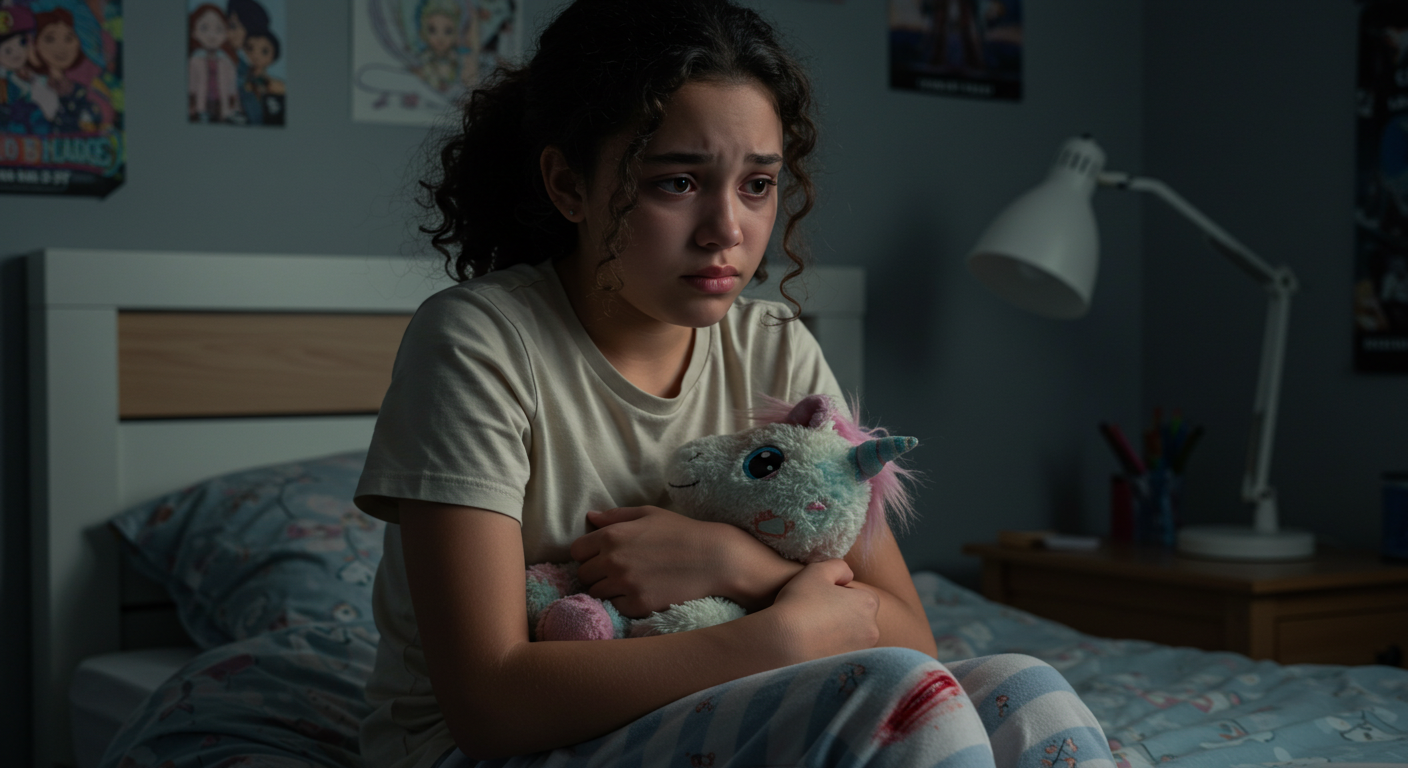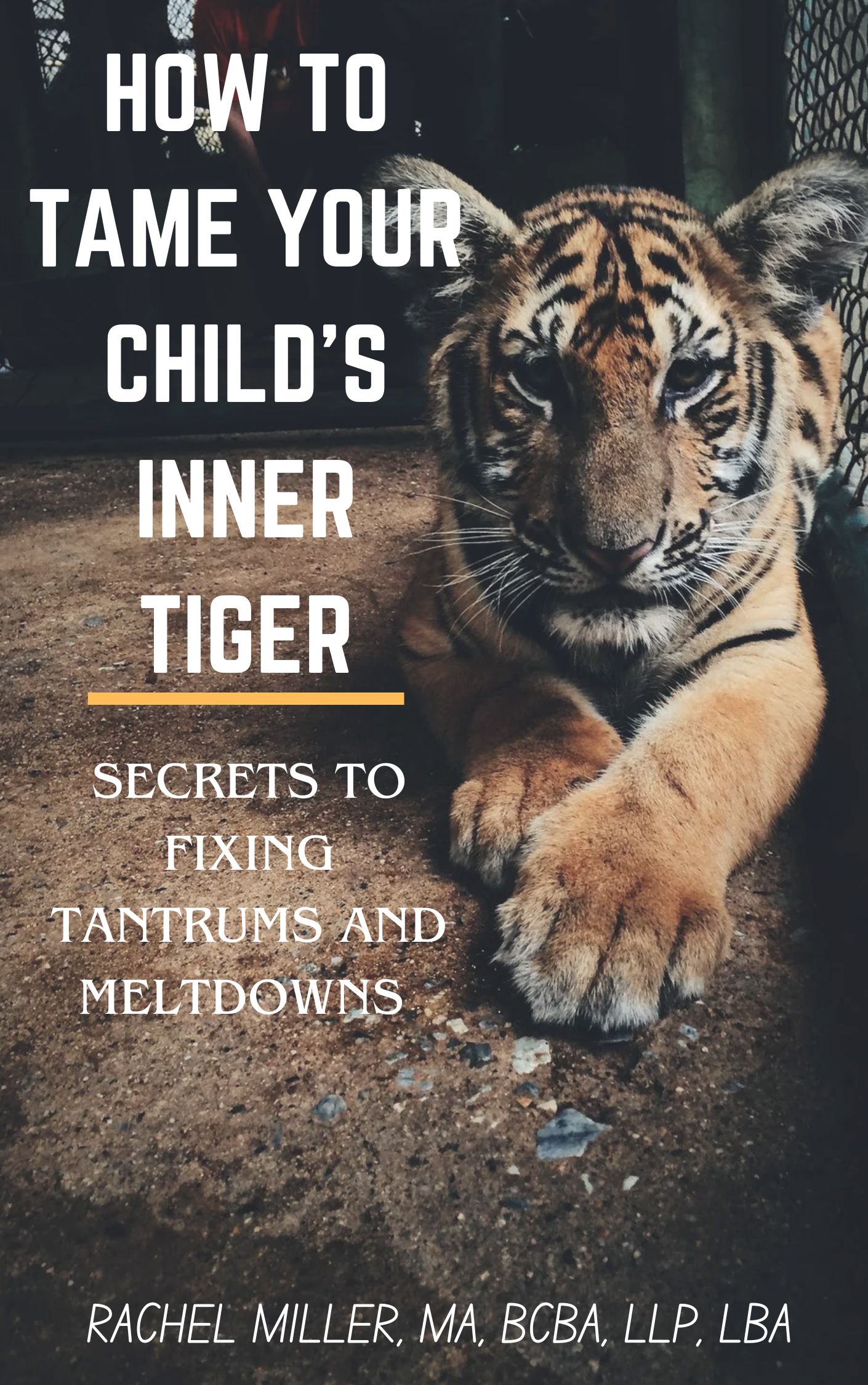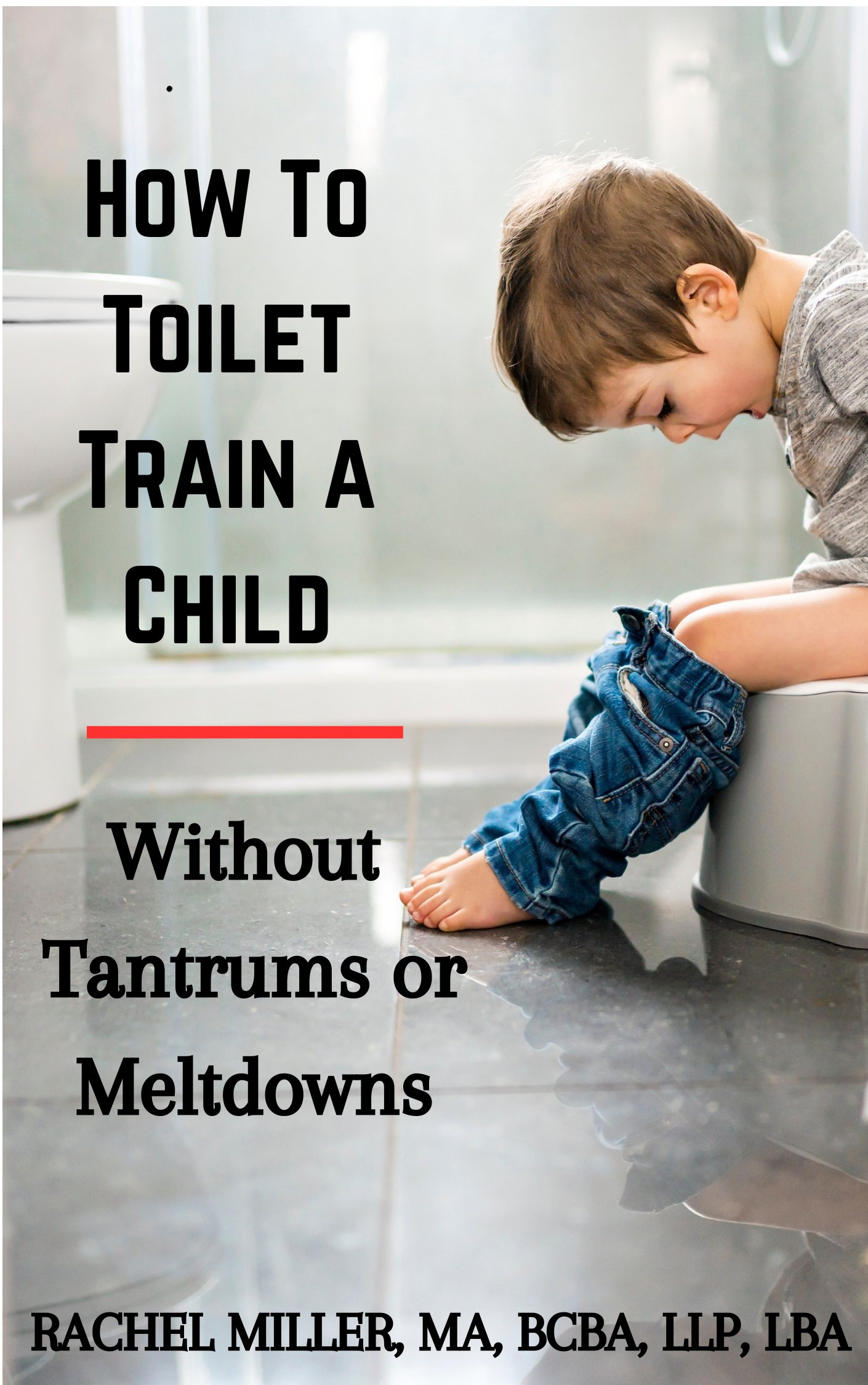Understanding and Managing Self Injury in Children

Self injury in children, also known as self-injurious behavior (SIB), can be deeply distressing for parents and caregivers. Watching a child deliberately hurt themselves—whether through head banging, hand biting, or other forms of physical harm—can trigger fear, confusion, and helplessness. Understanding the root causes of self injury and knowing how to respond appropriately is essential for effectively supporting your child.
This guide is intended to offer parents general strategies for managing mild and occasional self injury. If your child is engaging in frequent or severe self-injurious behavior, it is critical to seek professional help immediately. Do not attempt to use any intervention strategies without the guidance of a qualified healthcare provider or behavioral specialist for serious cases.
What Is Self Injury?
Self injury refers to any intentional action a child takes to harm their own body. These behaviors can include:
- Head banging
- Biting hands or arms
- Hitting or slapping oneself
- Scratching or skin picking
- Cutting (more common in older children and adolescents)
Self injury is often not about trying to seek attention in a manipulative way—it’s typically a response to overwhelming emotions, sensory issues, pain, or communication struggles. Children who are non-verbal or have developmental disorders such as autism are at a higher risk for self-injurious behaviors.
Causes of Self Injury

Understanding why a child is engaging in self injury is the first and most important step in addressing the behavior. Below are several possible causes:
1. Physical Pain
Sometimes, a child may engage in self injury as a way to communicate physical discomfort or pain, especially if they have limited verbal skills. If your child is repeatedly hitting a particular area—like the ears or head—it may be a sign of an ear infection, headache, or other internal discomfort.
What to do:
- Use simple language or visual aids like communication cards to help your child express pain.
- Teach your child to identify pain using a consistent signal or word.
- Consult a pediatrician to rule out medical issues.
2. Attention-Seeking Behavior
Children may learn that self injury results in immediate attention, particularly if caregivers consistently respond with concern or soothing behavior. This doesn’t mean the child is being manipulative—attention is a basic human need, especially for those struggling to communicate.
What to do:
- Schedule regular intervals of attention every 5-10 minutes during waking hours.
- Reinforce positive behaviors with attention, praise, or interaction.
- Try to stay calm and neutral when self injury occurs, unless the child is in danger.
3. Access to Desired Items or Activities
Some children use self injury to get what they want—be it toys, snacks, or screen time—especially if this tactic has worked in the past. This can become a learned behavior if it is inadvertently reinforced.
What to do:
- Teach your child appropriate ways to request what they want.
- Create structured routines and use visual schedules to reduce frustration.
- Consult with a behavioral therapist to develop strategies that avoid escalation.
4. Transitions and Avoidance
Children often engage in self injury to avoid or delay undesirable activities, like doing homework or stopping playtime. Transitions can be especially difficult for children with autism spectrum disorder (ASD) or sensory processing challenges.
What to do:
- Use transition strategies such as timers, countdowns, or visual supports.
- Prepare the child in advance by talking through changes to their routine.
- Offer preferred items as positive reinforcement after completing the transition.
5. Automatic Reinforcement or Self-Stimulation
In some cases, self injury is not about communication or control but about internal sensory needs. Certain behaviors may produce a release of endorphins and dopamine, providing a sense of relief or stimulation.
What to do:
- Provide alternative sensory input such as weighted blankets, sensory toys, or deep pressure.
- Work with an occupational therapist to develop a sensory diet tailored to your child’s needs.
6. Emotional Regulation
Children who struggle to manage emotions like anger, anxiety, or sadness may resort to self injury as a coping mechanism. This is especially true if the child lacks skills for self-regulation or is under extreme stress.
What to do:
- Teach your child simple calming strategies, such as deep breathing or squeezing a stress ball.
- Validate their emotions without reinforcing the harmful behavior.
- Seek out a mental health professional for emotional support and skills training.
7. Escape or Task Avoidance
When children feel overwhelmed by a demand or instruction, they may use self injury to escape the task. Over time, this becomes a pattern if the behavior consistently leads to the removal of demands.
What to do:
- Use compliance training with support from a behavioral specialist.
- Break tasks into smaller, manageable steps and offer frequent breaks.
- Reinforce task completion with immediate rewards or praise.
Intervention and Safety StrategiesAdditional Interventions
When dealing with mild, occasional self injury, here are a few general techniques that may help reduce risk:
- Provide hands-on activities that keep your child occupied. Toys like Rubik’s cubes, squeeze balls, or fidget tools can prevent hand-related injuries.
- Use protective gear when necessary (e.g., padded helmets for head banging, arm guards for skin picking).
- Monitor for triggers by keeping a behavior log: What happened before, during, and after the self injury?
If your child is older and engaging in more serious self-harm, such as cutting, it is essential to involve a licensed therapist or mental health specialist. Talking to your child about cutting or other intense behaviors without proper training can escalate the issue.
When to Seek Help
Professional intervention is necessary when self-injurious behavior is:
- Frequent or severe
- Resulting in visible injury
- Interfering with daily functioning
- Resistant to basic strategies
Behavioral assessments, counseling, occupational therapy, and medication are all possible parts of a treatment plan, depending on the root cause.
Final Thoughts
Self injury in children is a complex issue with many possible causes. While it can be upsetting to witness, understanding the motivations behind the behavior is the first step toward helping your child. Always prioritize safety and professional support over trying to manage the issue alone.
If you are unsure what is triggering your child’s self injury, consult with a pediatrician, behavioral therapist, or developmental specialist to get the guidance you need. With time, consistency, and expert support, many children can reduce or eliminate self-injurious behaviors and develop healthier coping strategies.
If you haven't already, be sure to check out my ebooks, now on Amazon!

